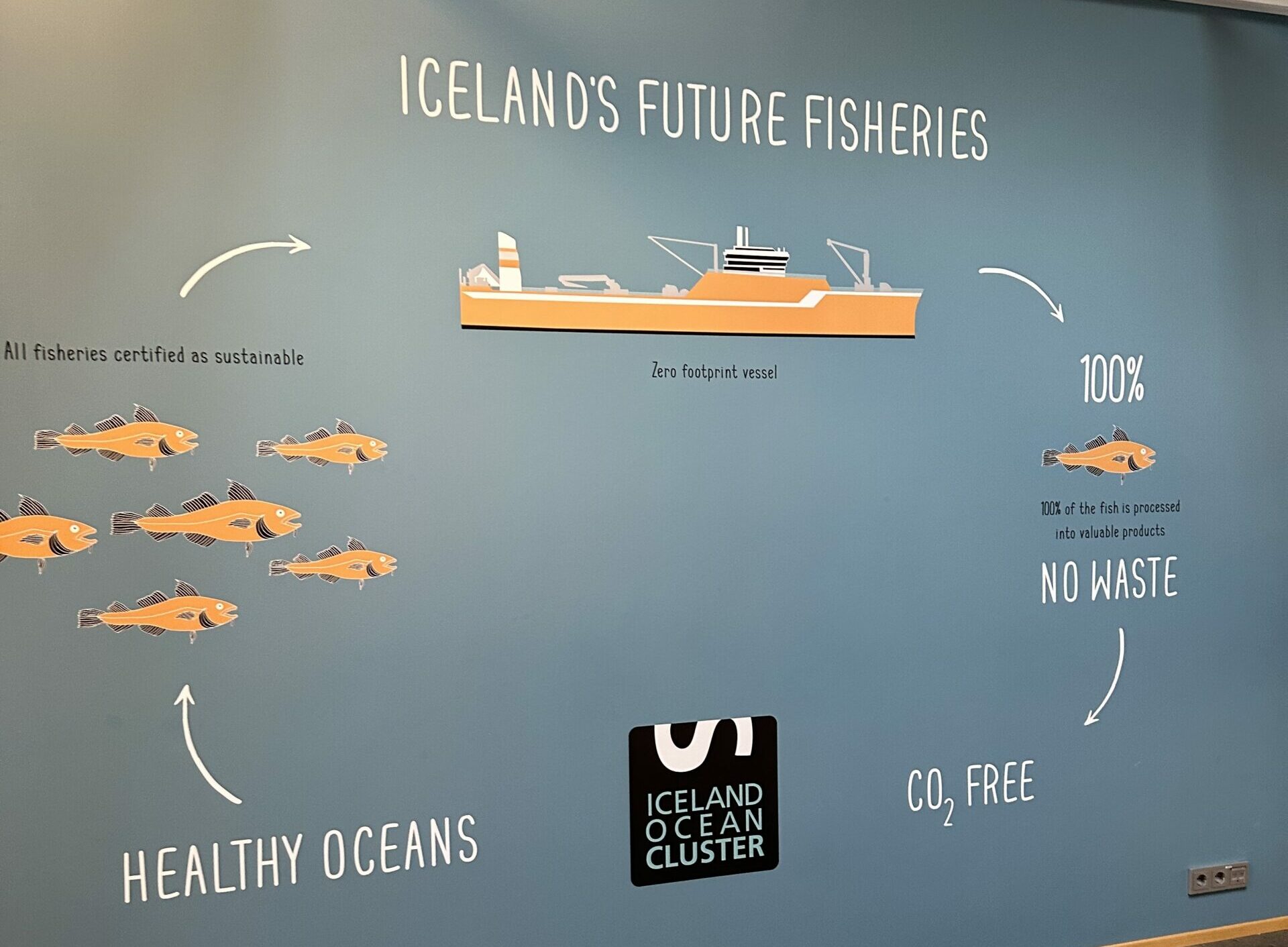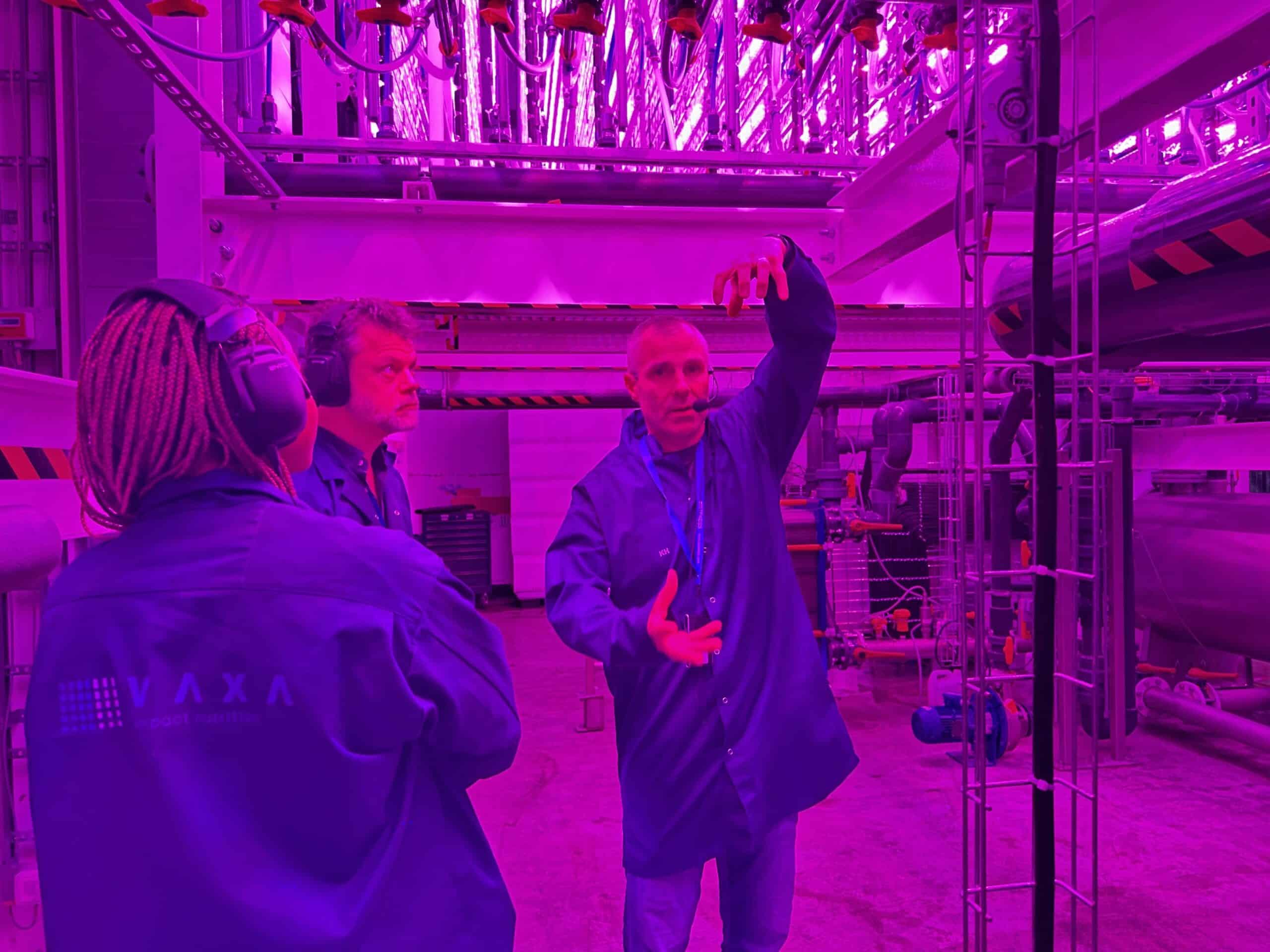
Navigating Toward Zero-Waste in the Fishing Industry

Each year brings more attention to the imminent need for sustainable business practices across the board. There are, however, rising demands for food and resources. In particular, annual fish production worldwide is expected to grow to 200 metric tons by 2029.
Supply and demand inherently leave industries scrambling to create efficient and low-cost processes, which often leads to practices that are unsafe for the environment. In this article, we’ll discuss why zero-waste fishing is important, how some fishing practices are bad for the environment and how the industry is stepping up to navigate toward a zero-waste system.

Why Zero-Waste Fishing Is Important
Fish for consumption comes from freshwater and saltwater habitats across the world. The activities in and around these bodies of water inherently affect the environment and aquatic life. The most common example is the effect of plastic pollution on marine life.
Bad practices in fishing are responsible for a large chunk of this plastic pollution. Gear used for fishing, like large, plastic fishing nets, sometimes gets lost or abandoned in the ocean. These items often end up putting aquatic animals, such as whales, other fish, turtles and seabirds, in danger. Marine life get caught up in these nets. The plastic from the nets (as well as other plastic waste) can also enter their digestive systems. This makes fish unsafe for human consumption.
Biodiversity is damaged by the increase in harmful algae growth caused by the acidity levels produced by plastic toxins. Hardshell sea animals are losing their ability to create their protective skeletons and shells. Plastic pollution is considered the biggest threat to marine life.
Water and salt can also be impacted by this negative shift in the natural balance of our oceans. Microplastics can make their way into our food and water this way, causing digestive issues, inflammation and low levels of antioxidants.
Harmful Fishing Practices
Some of the most harmful, waste-producing fishing practices include:
- Overfishing: Fishing in excess so as to nearly wipe out species, ruining the food web and natural habitats;
- Dredging and seafloor trawling: Harvesting that involves scraping up the sediment on the sea floor, lowering the quality of the water and destroying corals, sponges and other crucial parts of an aquatic ecosystem;
- Blast fishing: Throwing dynamite or other explosives into bodies of water to stun nearby fish, making them easier to capture, but also making their swim bladders explode. Blast fishing also destroys coral reefs and natural habitats;
- Abandoning fishing gear: Leaving gear like nets and crab pots that end up “ghost fishing”, or catching fish when unattended, which can lead to trapping other small aquatic animals and killing them;
- Bycatching: Unintentional catching (by any means) of animals other than the fish sought after, trapping them or killing them in the process;
- Discarding fish parts: Not using the entire fish during consumption and sales, leading to excess waste.
To meet demand, these drastic measures are taken without regard for the environment and the life inhabiting it. Almost all of these practices leave behind waste like plastics, toxins, explosives, sediment and particles of the fish, themselves.
To make matters worse, research has shown only about 50% of each cod caught in North America and Europe is utilized. This means the remaining 50% goes to waste. According to the World Economic Forum, between 30-70% of the weight of each fish caught is discarded as by- or co-products in some regions.
Beyond simply buying carbon credits to attempt to offset environmental damage, industries like fishing can actually do something about their impact on the earth. Going zero-waste in fishing is indicative of holistic sustainability efforts, as it is a step in the broader efforts of companies to be environmentally conscious.

Current Developments
There are certain types of fishing currently used that are less destructive than those listed above. Developments are being made to help the fishing industry become more green and move toward zero-waste production.
The 100% Fish Project
The Iceland Ocean Cluster boasts an initiative toward using more parts of the fish that are caught. The 100% Fish Project promotes products using fish and fish parts/by-products responsibly, such as in supplements, cosmetics, fashion and medical products.
The 100% Fish Project recognizes the increase in commercial fishing. They also recognize its contribution to waste, including the discard of about half of each fish that isn’t used as a consumable fillet. To combat this, they have helped create innovative products to utilize a large portion of each fish. In fact, since the 1990s, the utilization of fish by-products has increased 30-fold. Today, Icelandic cod producers make use of close to 80% of the raw fish caught.
Responsible Aquaculture
Beyond fishing from natural habitats, aquaculture involves creating freshwater and marine habitats specifically for breeding and harvesting certain types of fish and shellfish. This is environmentally friendly in many ways, including protecting them from harmful toxins and plastics in other areas of water. These fish can also be bred using less feed and that feed can be produced from the trimmings of processing plants — further reducing waste.
However, waste from aquaculture is still possible and problematic. This includes excess:
- Chemicals, like antibiotics, disinfectants and antifoulants;
- Pathogens from excrement, organic fertilizers and deceased fish;
- Solid and dissolved waste from feces, uneaten feed and dead or decomposing fish.
While antibiotics are heavily regulated, they still occur to prevent disease in aquaculture habitats. This waste is not entirely avoidable, but extensive process improvement in the fishing industry can help. Proper feed management can also reduce the excess waste from uneaten feed and excess fecal matter.
Fish Waste Management Solutions
Innovative approaches to reducing fish waste are already underway. Traditionally, fish waste has been disposed of in landfills and through land application. Although it removes the waste from the water, it can still leech toxins into the soil and waterways. Along with using as much of the fish by- and co-products as possible, there are ways to utilize the remaining fish waste. For example, it can be used for nutrient-rich fertilizer or feed.
Upcycling waste into high-quality products is a valuable part of getting the fishing industry involved in a circular economy. Moving forward, initiatives for green business models and sustainability education need to have an uptick. Tech advancements can also pave new ways for fish and feed management. There is a long way to go to achieve 100% zero-waste fishing, but collaborative efforts are underway.



Post a comment